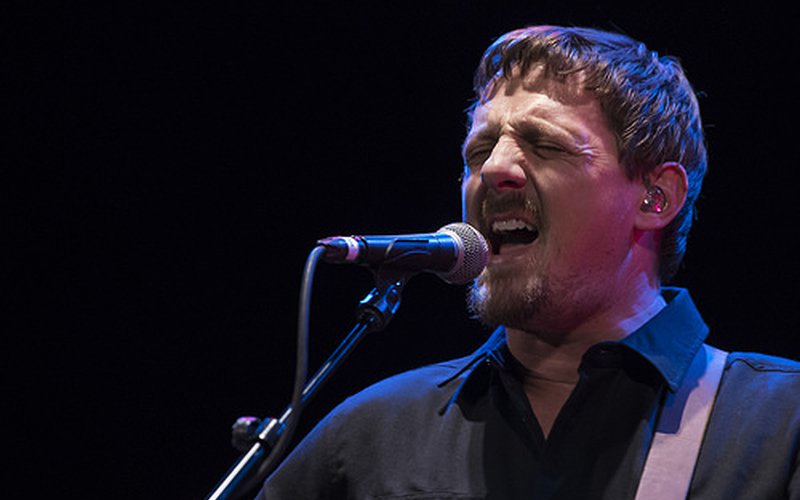
The increasingly common trend of anniversary tours has further validated a longstanding posit that, for better or for worse, audiences and performers both hold: almost everyone wants to hear your old material more than they want to hear your new material.(There is a reason Paul McCartney closes with "Hey Jude.") So maybe that's why Sturgill Simpson closes with the entirety of his fantastic new album, A Sailor's Guide to Earth. He knows people want to hear the songs they're most familiar with first. But if that was the case, he'd just save the singles - the hits, if you will - for the encore. Backloading your set with some of your new material is par for the course. Playing all of it as the closing segment is a total leftfield call, but as every profile of the Kentucky songwriter is contractually obligated point out, Simpson has hardly made any conventional choices thus far, and onstage at his biggest Seattle show to date at the Paramount, he continued down his unpredictable, unorthodox road.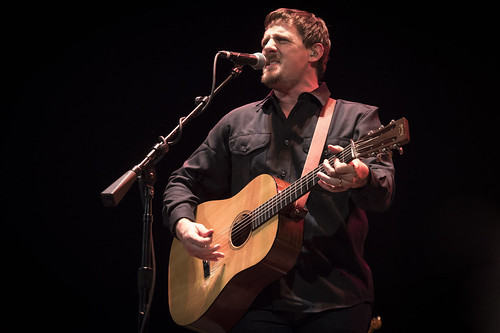 Simpson is probably most frequently described as a country artist - a label he doesn't particularly embrace - but Sailor's Guide has steered him more towards R&B than anything else, and it shows in his stage show, where the backbone of his band is his rich horn section. Sitting center stage behind Simpson (who would often wander around, leaving them as the focal point of the show), the horn players added a flair to the band's rootsy rock. Considering there was virtually no staging beyond the skeleton banner hanging behind the band - it was, hands down, the most bare-bones show this writer has seen at the Paramount or any other theatre of its size - the show hinged heavily on the performance, and that played into Sturgill's strengths. He's not much of a frontman (he barely talked at all onstage) and he isn't a flashy guitar player, but he is a hell of a bandleader, and the group of musicians he's assembled is top-notch, so he doesn't need really need any stage flair. The first half of the set confirmed as much - sixty-ish minutes of near-seamless transitioning between roots rock tracks from Simpson's first two albums, as well as a handful of covers (When In Rome's "The Promise", J. J. Cale's "Call Me The Breeze"). Where the recorded experience of Simpson's first two albums is often a languid affair, those songs took a much more focused and sometimes furious interpretation live.
Simpson is probably most frequently described as a country artist - a label he doesn't particularly embrace - but Sailor's Guide has steered him more towards R&B than anything else, and it shows in his stage show, where the backbone of his band is his rich horn section. Sitting center stage behind Simpson (who would often wander around, leaving them as the focal point of the show), the horn players added a flair to the band's rootsy rock. Considering there was virtually no staging beyond the skeleton banner hanging behind the band - it was, hands down, the most bare-bones show this writer has seen at the Paramount or any other theatre of its size - the show hinged heavily on the performance, and that played into Sturgill's strengths. He's not much of a frontman (he barely talked at all onstage) and he isn't a flashy guitar player, but he is a hell of a bandleader, and the group of musicians he's assembled is top-notch, so he doesn't need really need any stage flair. The first half of the set confirmed as much - sixty-ish minutes of near-seamless transitioning between roots rock tracks from Simpson's first two albums, as well as a handful of covers (When In Rome's "The Promise", J. J. Cale's "Call Me The Breeze"). Where the recorded experience of Simpson's first two albums is often a languid affair, those songs took a much more focused and sometimes furious interpretation live.
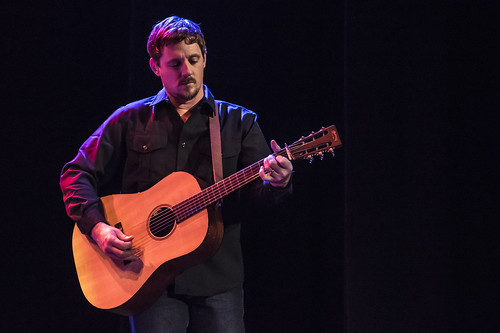
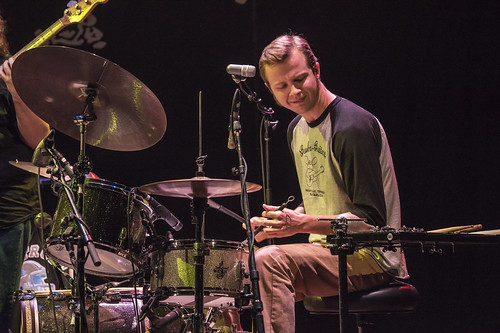
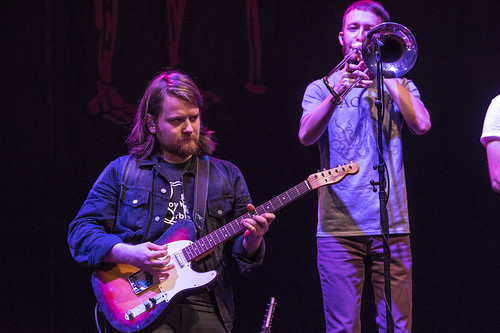
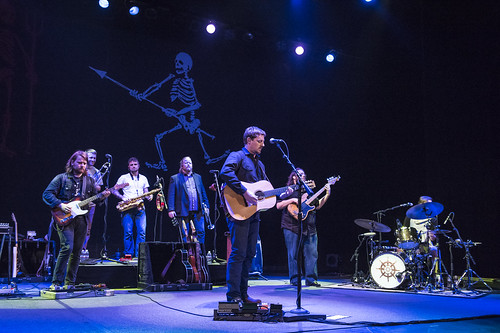
They were all a prelude, however, to the core of the set, which as mentioned earlier, came at the end of the set. A Sailor's Guide To Earth is a leap forward for Simpson, moving farther away from anything resembling country and into a quixotic mix of American rock tradition ranging from R&B to rock. Considering its main theme of fatherhood, it is, quite literally, dad rock in the best sense of the term. But any pejorative, inoffensive meaning behind the term was out of the question from the first note of the Sailor's set. Simpson's rollicking, emphatic run through "Keep Between The Lines", "Sea Stories", Nirvana's "In Bloom" (you can only imagine the crowd's gleeful, PBR-fueled response to that one), and a crescendoing "Oh Sarah". Closing with the rollicking "Call To Arms", Simpson stared out at the flannel-clad crowd and basked in it for just a moment, long enough to take a mental snapshot before hitting the road again for the next show.
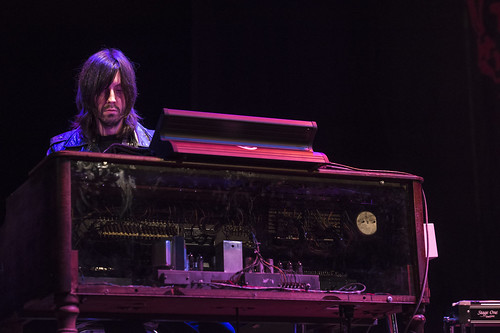
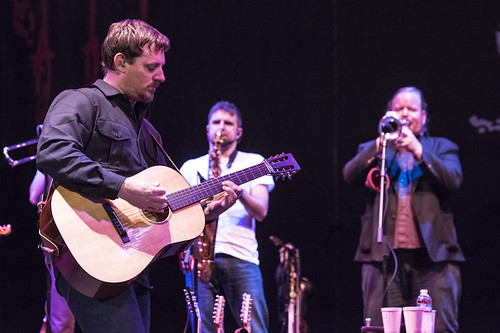
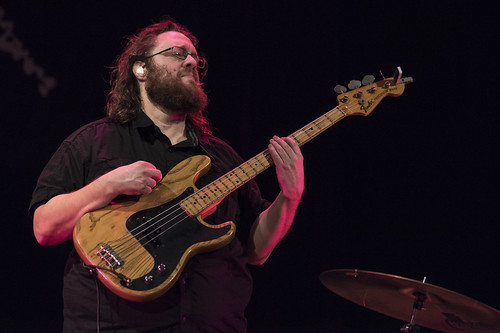
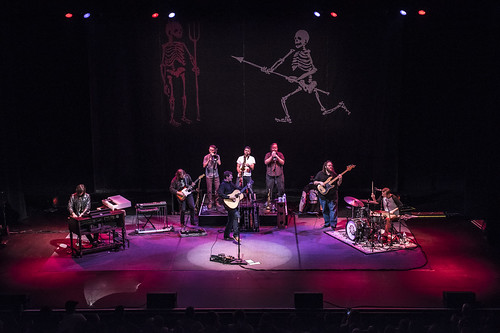
If the Fremont Abbey and its team are known for anything, it's for finding new visions for how we see intimate shows in Seattle. For a singular example, earlier this year, the Abbey hosted Baltimore dream pop band Beach House for the smallest show the band has put on in Seattle almost a decade. Sho…
It's the quintessential story of grunge, or at least how we've come to know the Seattle music scene of the '80s and '90s. It involves friends, music, an isolated region, heroin, grief and rampant commercialism. It's the story of talent lost too soon before its time, and of the musicians who gathere…